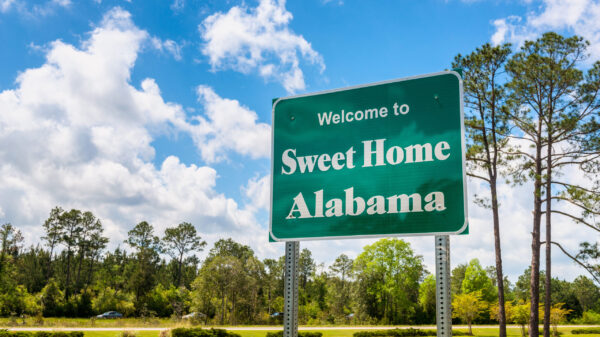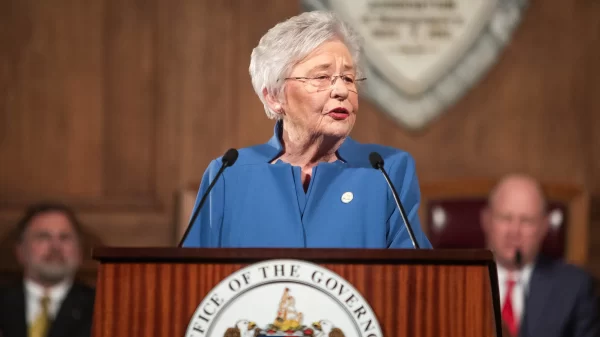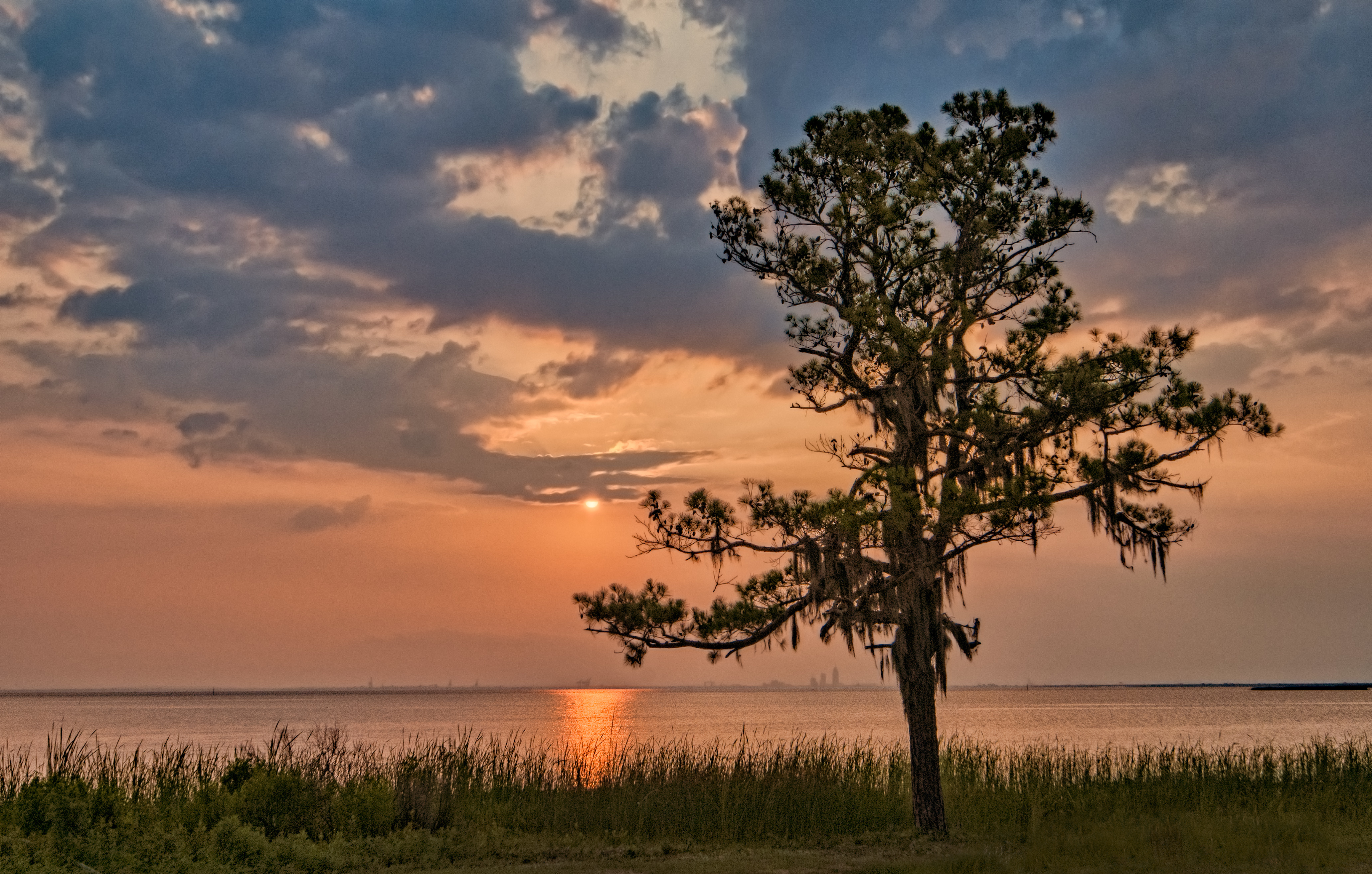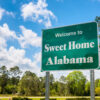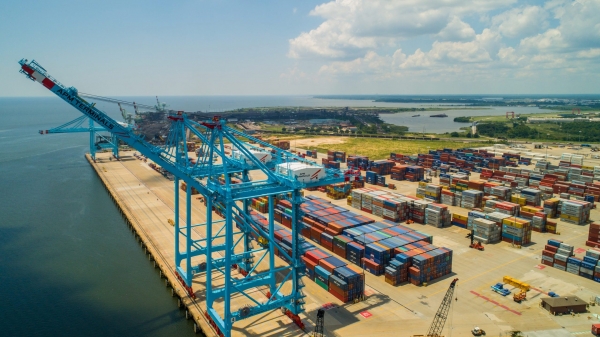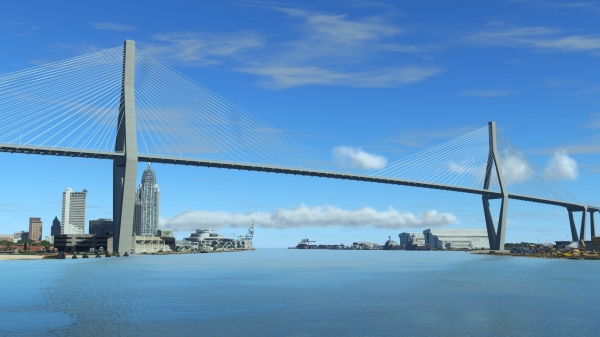Tuesday, the Alabama Department of Conservation and Natural Resources Marine Resources Division announced that pursuant to Section 9-12-46, Code of Alabama 1975, all inside waters not permanently closed by law or regulation will open for shrimp harvesting at 6 a.m., on Monday, June 1, 2020.
This opening includes Mobile Bay, Bon Secour Bay, the Mississippi Sound, Perdido Bay, Arnica Bay, Wolf Bay and Little Lagoon.
Licensed live bait dealers holding a permit for Special Live Bait Areas are reminded that an area beside the Battleship Alabama south of the Tensaw River Bridge, north of a line from the north point of Pinto Pass (N30 40.755, W88 01.124) to the northwest edge of Goat Island (N30 40.124, W88 00.784), and west of a line from the northwest edge of Goat Island to the eastern end of Tensaw River Bridge (N30 40.955, W88 00.444) will be open from one hour before sunrise until sunset from June 1 to December 31, 2020.
Shrimp are an important food species for a number of fish and wildlife species. Alabama waters contain 15 to 22 species of shrimp. Only three of these are normally eaten by humans. These are: the brown shrimp (Penaeus aztecus), the white shrimp (P. setiferus), and the pink shrimp (P. duorarum). Shrimp, along with crabs, lobsters, and crayfish, are a species of invertebrates known as decapods. There are about 2,000 species of shrimp in the world.
The brown shrimp is by far the most abundant The pink shrimp is the least abundant of the three. Alabamians harvest approximately 20.5 million pounds of shrimp with an estimated dockside value of $45 million.
The ADCNR closes Alabama’s waters around May 1 each year because May is when the juvenile brown shrimp begin to leave their nurseries in the wetlands and marshes to explore deeper water. The break in the shrimping action gives the commercially important shrimp time to age and grow without fishing pressure.
The Alabama Department of Conservation and Natural Resources promotes wise stewardship, management and enjoyment of Alabama’s natural resources through four divisions: Marine Resources, State Lands, State Parks, and Wildlife and Freshwater Fisheries.
The Alabama Department of Conservation and Natural Resources promotes wise stewardship, management and enjoyment of Alabama’s natural resources through four divisions: Marine Resources, State Lands, State Parks, and Wildlife and Freshwater Fisheries.
To learn more about ADCNR, visit www.outdooralabama.com.
















